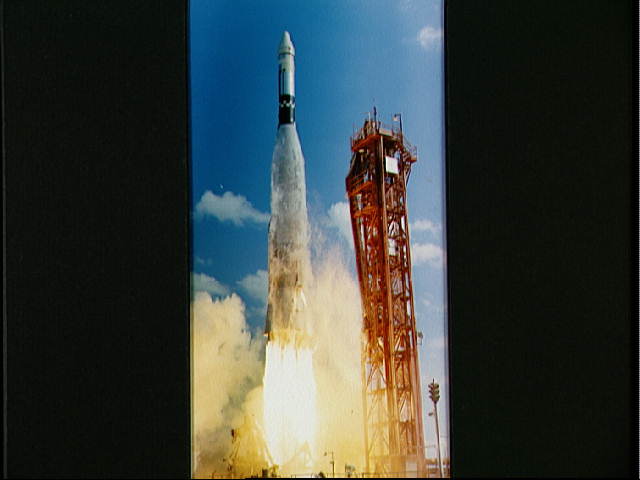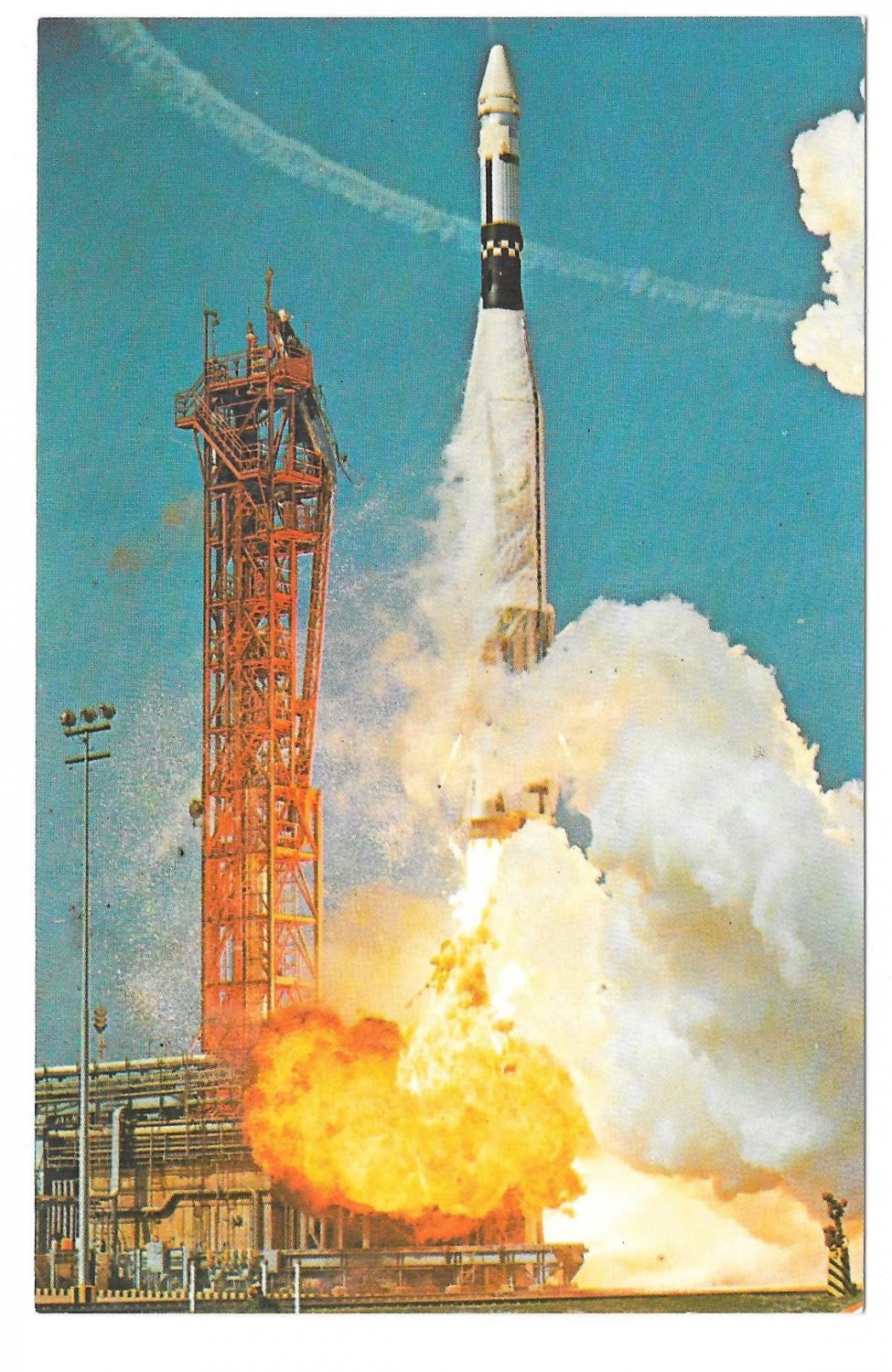

With this success the rest of the project was cancelled, and the two remaining unflown X-22A's were sent to the USAF Museum at Wright Patterson Air Force Base.National Aeronautics and Space AdministrationĪtlas is a family of US missiles and space launch vehicles that originated with the SM-65 Atlas.
ATLAS AGENA PAYLOAF FULL
The full design 1145 km cross range was demonstrated, and the X-23A SV-5D lifting body vehicle was successfully snatched at 3700 m altitude, 8 km from the target point.
ATLAS AGENA PAYLOAF SERIES
The series of three flights was so successful in demonstrating that a maneuverable spacecraft could survive reentry that the planned fourth flight test was cancelled. The third and last SV-5D Precision Recovery Including Maneuvering Entry (PRIME) flight vehicle, essentially a small maneuverahle reentry spacecraft, successfully performed cross-range maneuvers after being launched from Vandenberg on an Atlas booster. The X-23A SV-5D lifting body vehicle demonstrated a 1055 km cross-range manoeuvre, but again air snatch failed. This was also the first spacecraft to perform cross-range maneuvers during reentry. Although the SV-5D was not recovered, its on-board sensors provided excellent data on the effects of reentry. The second SV-5D Precision Recovery Including Maneuvering Reentry (PRIME) lifting body was successfully launched from Vandenberg by an Atlas booster. However 90% of the planned telemetry was successfully transmitted by radio. Nevertheless the air-snatch was unsuccessful, and the vehicle sank.
.jpg)
The ballute deployed at 30.440 m, followed by the main parachute at 13,700 m, and the vehicle was descending within 275 m of the target point. It was a zero cross-range suborbital flight, with recovery 6935 km downrange. The first test of the X-23A SV-5D lifting body re-entry shape. Research was to be applicable to later Space Transportation System (STS) technology. Managed by Space Systems Division, PRIME was designed to explore and advance the development of possible future manned and unmanned lifting body vehicles that would have the capability of operating like a spacecraft in orbit and of flying and maneuvering like an aircraft in the sensible atmosphere. The first SV-5D Precision Recovery Including Maneuvering Entry (PRIME) maneuverable reentry vehicle was launched from Vandenberg by the first Series 7000 Atlas standard launch vehicle (SLV-3, Vehicle #7001). Anomalous telemetry indicated some sort of problem with the target, but it was not until Gemini IX rendezvoused with it in orbit that it was seen that fairing separation had failed. The mission was recycled for launch on June 3, following a prepared 48-hour recycle plan. One hour and 40 minutes later, the scheduled launch of Gemini IX-A was postponed by a ground equipment failure which prevented the transfer of updating information from Cape Kennedy mission control center to the spacecraft computer. The ATDA achieved a near-circular orbit (apogee 161.5, perigee 158.5 nautical miles). The ATDA was a back-up for the Gemini Agena Target Vehicle (GATV) and similar to it except that it lacked the capability to maneuver in space. The first and only Atlas/Augmented Target Docking Adapter (ATDA) Gemini Agena (#5304) was launched from the Eastern Test Range as part of the Gemini 9 mission.

Spacecraft: Atlas Target Docking Adapter,ĭecay Date. LEO Payload: 800 kg (1,760 lb) to a 300 km orbit at 28.00 degrees. Standardized Atlas booster with no or small solid upper stage.ĪKA: SLV-3. Home - Search - Browse - Alphabetic Index: 0- 1- 2- 3- 4- 5- 6- 7- 8- 9Ī- B- C- D- E- F- G- H- I- J- K- L- M- N- O- P- Q- R- S- T- U- V- W- X- Y- ZĪtlas SLV-3 s/n 7004 / Burner-2 (No Agena) - Īmerican orbital launch vehicle.


 0 kommentar(er)
0 kommentar(er)
